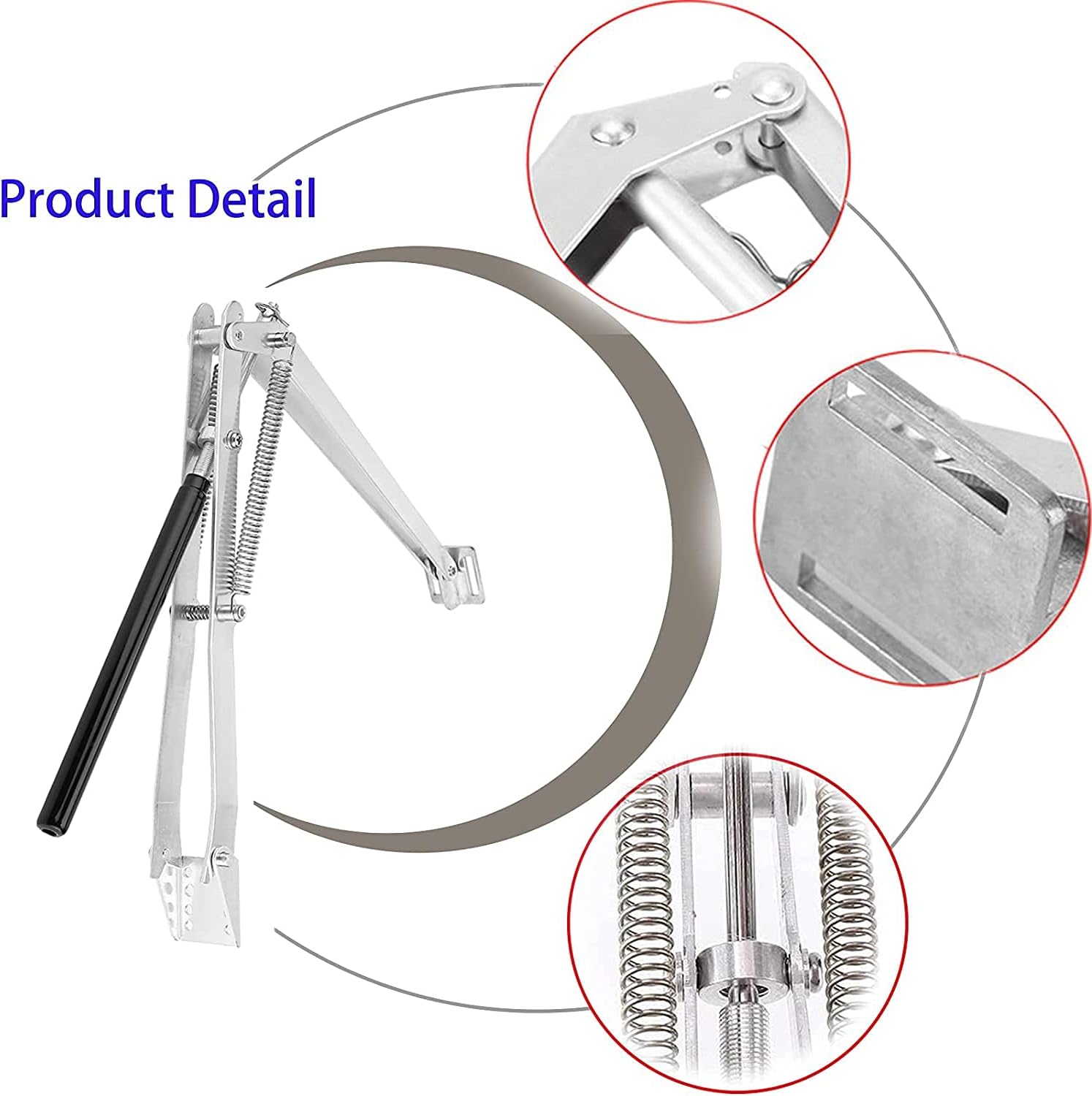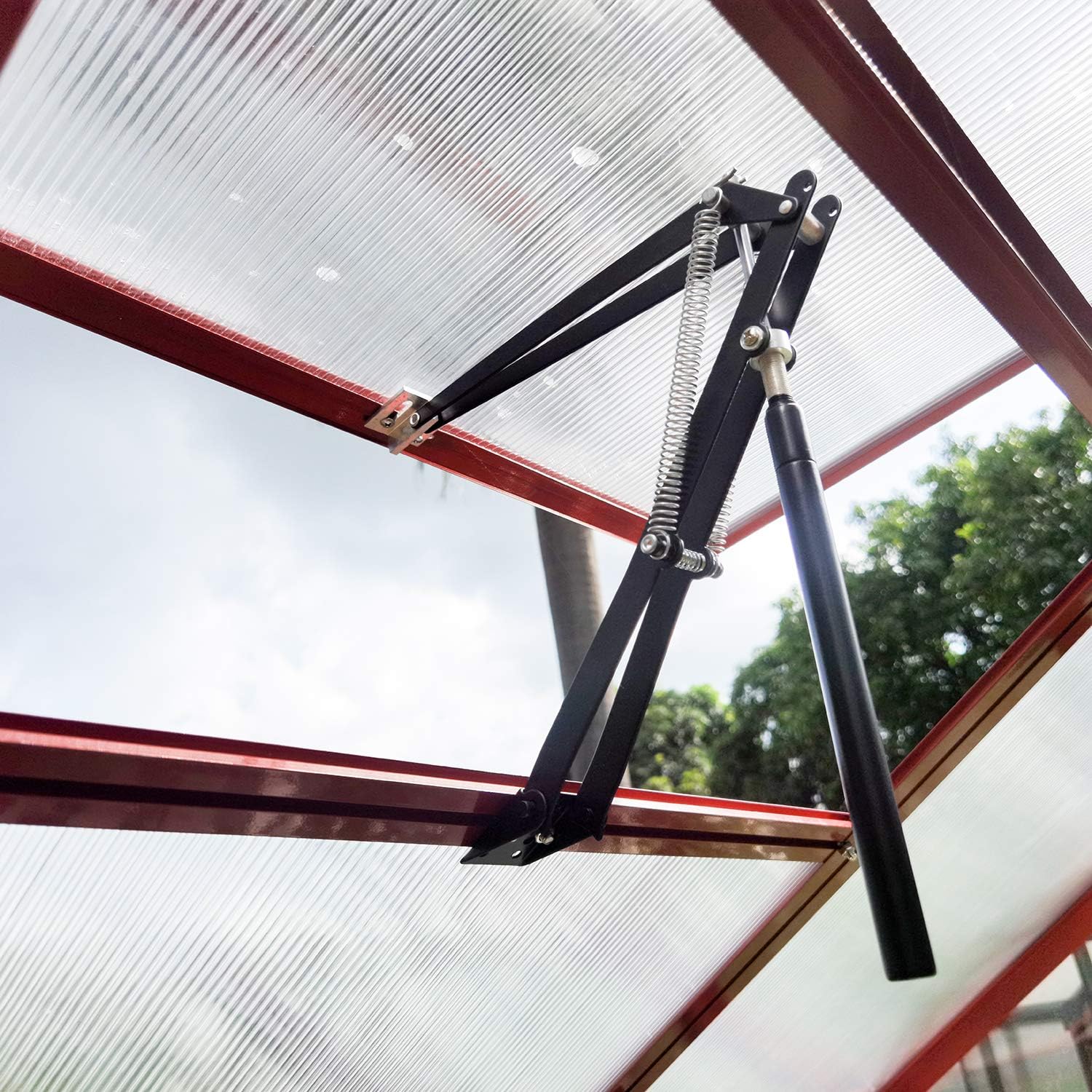Greenhouses play a crucial role in modern agriculture, providing a controlled environment for optimal plant growth and cultivation. To further enhance the functionality and efficiency of these structures, the use of gas springs has become increasingly popular. Gas springs, also known as gas struts or gas shocks, offer a range of benefits when integrated into greenhouse design, contributing to improved ventilation, access, and overall operational convenience.
One of the primary applications of gas springs in greenhouses is in the management of ventilation systems. These components are often used to assist in opening and closing windows, vents, and doors within the greenhouse structure. By incorporating gas springs into these mechanisms, greenhouse operators can achieve smooth and controlled movement, allowing for precise adjustment of airflow and temperature regulation. This not only promotes a healthier growing environment for plants but also facilitates the efficient management of greenhouse conditions.


The controlled movement provided by gas springs is particularly advantageous when it comes to adjusting ventilation openings in response to changing weather conditions. For example, as temperatures rise, gas springs can facilitate the effortless opening of vents to prevent overheating, while also ensuring that the vents remain securely positioned in the desired configuration. Similarly, during inclement weather, gas springs can aid in the swift and secure closure of windows and doors, protecting the interior of the greenhouse from adverse external elements.
Moreover, gas springs contribute to the ease of access and operation within the greenhouse. By supporting the weight of various components such as shelves, panels, and even equipment, gas springs make it simpler for greenhouse staff to handle and adjust these elements. This not only enhances the ergonomics of greenhouse management but also minimizes the risk of accidents or injuries associated with heavy lifting or awkward positioning of greenhouse fixtures.
In addition to their functional benefits, gas springs can also contribute to the longevity and maintenance of greenhouse infrastructure. By providing a controlled and cushioned closing action, gas springs help to reduce the impact and stress on doors and windows, thereby extending the lifespan of these components. Furthermore, the smooth and controlled movement facilitated by gas springs minimizes wear and tear on hinges and other mechanical parts, resulting in reduced maintenance requirements and operational costs over time.
The integration of gas springs into greenhouse design represents a significant advancement in agricultural technology, offering a practical and efficient solution for optimizing the growing environment and operational processes. With their ability to enhance ventilation management, improve access and usability, and contribute to the longevity of greenhouse infrastructure, gas springs have become an indispensable component in modern greenhouse systems.
Post time: Apr-23-2024

